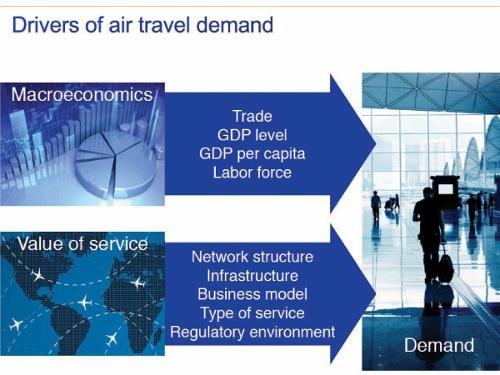JEDDAH – US planemaker Boeing said about 533,000 new commercial pilots would be needed worldwide in the next two decades to cater to a growing global fleet.
It said 584,000 new maintenance technicians would also be required between 2014 and 2033.
“Pilot demand in the Asia Pacific region now comprises 41 percent of the world’s need, and the Middle East region saw significant growth …due to increased airline capacity and orders for wide-body models,” a statement said.
“Overall, the global demand is driven by steadily increasing airplane deliveries, particularly wide-body airplanes, and represents a global requirement for about 27,000 new pilots and 29,000 new technicians annually,” it added.
Boeing said the Asia-Pacific region would need to recruit 216,000 pilots and 224,000 technicians in the next 20 years.
Europe will need 94,000 pilots and 102,000 technicians; North America 88,000 pilots and 109,000 technicians; and the Middle East will need 55,000 pilots and 62,000 technicians.
“The challenge of meeting the global demand for airline professionals cannot be solved by one company or in one region of the world,” said Sherry Carbary, vice president, Boeing Flight Services.
“This is a global issue that can only be solved by all of the parties involved – airlines, aircraft and training equipment manufacturers, training delivery organizations, regulatory agencies and educational institutions around the world.”
Middle East region will have some 2,950 airplane deliveries until 2033, Boeing said as the plane maker projects a demand for 36,770 new airplanes over the next 20 years, an increase of 4.2 percent from last year’s forecast.
In its “Current Market Outlook (CMO) 2014”, Boeing estimated the total value of those new airplanes at $5.2 trillion.
“This market is strong and resilient,” said Randy Tinseth, vice-president (Marketing) at Boeing Commercial Airplanes. “With new and more efficient airplanes entering service, the growth in air travel is being driven by customers who want to fly where they want, when they want.”
Fuelling this year’s forecast is the single-aisle market, which is projected to be the fastest growing and most dynamic segment due to the continued emergence of low-cost carriers. 25,680 new airplanes will be needed in this segment, making up 70 percent of the total units in the forecast. “Based on the overwhelming amount of orders and deliveries, we see the heart of the single-aisle market in the 160-seat range,” said Tinseth.
“There’s no question the market is converging to this size, where network flexibility and cost efficiency meet. The next-generation 737-800 and new 737 MAX 8 offer our customers the most revenue potential in this mid-sized space.”
Boeing forecasts that 8,600 new airplanes will be needed in the twin-aisle segment, led by small wide-body airplanes in the 200 to 300-seat range such as the 787-8 and 787-9 Dreamliner. This year’s forecast reflects a continued shift in demand from very large airplanes to efficient new twin-engine products such as the 787-10 and new 777X.
“With the most comprehensive wide-body lineup in the industry, we’re confident that we will meet our customers’ needs now and in the future,” Tinseth added.






0 Comments